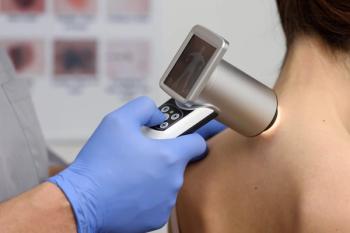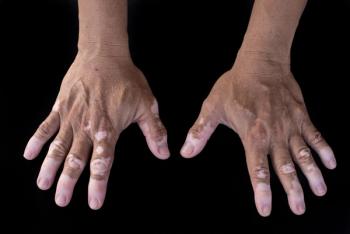
Specialty Pharmacy Model Improves HIV Treatment Outcomes in Young Patients
A new study found that implementing a specialty pharmacy program at St. Jude Children’s Research Hospital helped more young HIV patients achieve medication adherence and undetectable viral loads.
A specialty pharmacy model at St. Jude Children’s Research Hospital improved antiretroviral therapy (ART) adherence and suppressed viral loads in pediatric and young adult HIV patients, according to
Patients who previously had less than an 80% adherence rate saw the most improvement, with 60% of them reaching 80% post-intervention, compared to 40% of those who did not. Additionally, 60% of patients with viral loads greater than 200 copies/mL prior to implementation achieved undetectable viral loads after the intervention. Among those who were already adherent before the program, the majority maintained their status, with 82.6% staying at or above 80%.
The study began in July 2020. Researchers conducted a single-center, retrospective analysis of 38 patients between the ages of 2 and 23, comparing one year of data before and after the specialty pharmacy model was introduced.
Adherence was measured using the proportion of days covered (PDC), calculated by dividing the number of days a patient had access to at least one ART medication by 365, the total number of days in the observation period. A benchmark of 80% PDC was used to determine adequate adherence. Viral load data, collected as part of routine care, provided insight into virological suppression.
Before the specialty pharmacy program, ART was dispensed through a traditional hospital outpatient pharmacy. The new model focused on providing more personalized support, improved medication access and targeted services for patients living with HIV.
The findings are particularly significant given the unique challenges that pediatric and adolescent-young adult (AYA) patients face in managing HIV. Many pediatric patients contract HIV perinatally, resulting in a longer duration of chronic illness and often more complex treatment histories, which can contribute to drug resistance and complications. These patients are also at risk of “pill fatigue” and typically depend on caregivers for medication adherence.
Meanwhile, AYA patients ages 13–24 are the least likely to be aware of their HIV status. At the end of 2018, 44.9% of individuals in this age group with HIV were undiagnosed, making it the group with the highest percentage of undiagnosed infections, according to the study. Without awareness of their status, individuals cannot access treatment, leading to continued transmission and worsened outcomes.
While the study was limited by its small sample size and single-center design, the results suggest that specialty pharmacy services may significantly improve ART adherence and HIV management in younger populations.
“Even with the added barrier of the COVID-19 pandemic, these results show that using a specialty pharmacy may be beneficial to some patients who are struggling with adherence and does no harm to patients who are already meeting goal adherence rates,” corresponding author Timothy J. Howze, Pharm.D., from the Department of Pharmacy & Pharmaceutical sciences at St. Jude Children’s Research Hospital, Memphis, Tennessee, said in the study. “Specialty pharmacy implementation may be a useful tool that outpatient pharmacies can use to keep pediatric and AYA patients living with HIV adherent to ART.”
Newsletter
Get the latest industry news, event updates, and more from Managed healthcare Executive.






















































